Many residential areas in Thanh Xuan, Nam Tu Liem, Thanh Oai, Hoai Duc districts... are losing domestic water, disrupting people's lives.
Early on October 19, hundreds of residents of Thanh Ha urban area, Thanh Oai district, continued to line up to get clean water from water trucks. Households sent men and young people in their families to bring buckets and basins to wait for clean water.
The clean water crisis in Thanh Ha urban area, which has 23 buildings and a population of about 16,000, began two weeks ago when residents discovered that the water quality was not guaranteed. Then the supplier, Thanh Ha Clean Water Joint Stock Company, had to stop supplying underground water, relying only on surface water from Duong River Surface Water Joint Stock Company and water tankers that residents bought themselves or were sponsored.
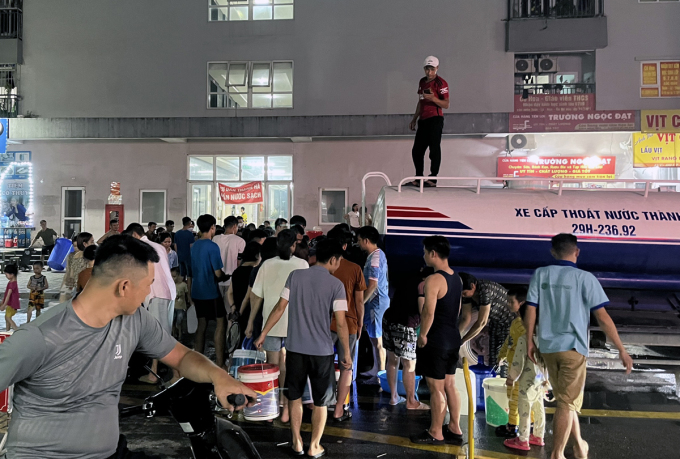
Residents of Thanh Ha urban area (Thanh Oai, Hanoi ) get water from a tanker truck on the night of October 18. Photo: Tran Dat
Not only Thanh Ha, the end of Phung Khoang street, Trung Van ward, Nam Tu Liem district has also been short of water for more than 10 days. At 80 years old, Mrs. Pham Viet Xuan Phuong still carries buckets and cans to her neighbors' houses to ask for water. "For the past 3-4 days, I haven't bathed, only wiped my body. Living in the capital, every time I use water, I have to use a tiny ladle, scooping little by little, it's worse than the subsidy period," said Mrs. Phuong.
Located in alley 159 Phung Khoang, the 10-room boarding house with about 25 tenants of Mr. Dan's family has been in chaos for the past few days due to lack of water. To get the minimum water for daily use, Mr. Dan has been running around asking for water everywhere. "But it takes 2-3 days to ask for water, but it takes dozens of days, causing the reserve to run out and making it very difficult to ask for water," Mr. Dan shared.
Due to the lack of water, Mr. Dan had to lock the door of the shared bathroom in the entire dormitory. "Many people couldn't stand it and had to move elsewhere, some students temporarily moved back to their hometowns," Mr. Dan said.
Behind Mr. Dan's boarding house, another boarding house is in a similar situation. Right at the entrance hallway, the landlord placed a large water tank with a sign on the outside: "Clean water for drinking, anyone who needs it can come down and get it."
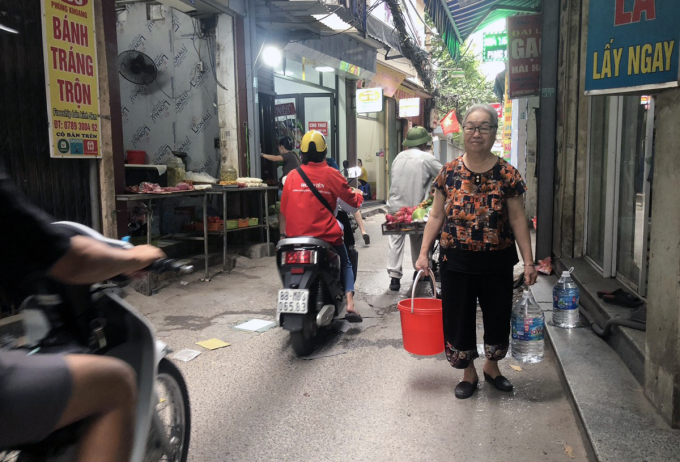
Ms. Pham Viet Xuan Phuong, Trung Van, Nam Tu Liem has to go get clean water for use. Photo: Hoang Phong
Many households at the end of Phung Khoang Street had to dig up the road, find clean water pipes, then cut them, attach the ends of the pipes to pumps to draw out a little water for daily use. Many families still had water meters running, but no water was flowing into the tanks. Some households hired workers to drill wells to get water, accepting that this underground water source contained a lot of metals, which could affect their health.
Also located on Phung Khoang Street, the Hanoi University dormitory has been without water for a week now and has had to rely on water trucks. Group 17, Khuong Mai Ward, Thanh Xuan District, with about 200 households, is also lacking water. Residents have reported that water has been available for two days now, but the flow is weak and not enough to supply.
Similarly, many residential areas in Hoang Mai and Hoai Duc districts have experienced water shortages at certain times. In particular, in some areas of Hoai Duc, the situation of water shortages and weak water flow has lasted since June and has not been completely resolved.
Why water shortage?
According to the Hanoi Department of Construction, the total water supply capacity of centralized water plants in the area is about 1.5 million m3/day and night. Of which, 16 plants and 12 stations produce 770,000 m3 of groundwater, 5 plants produce 750,000 m3 of surface water per day and night. The rural water supply network has a designed capacity of each station of 300-1,000 m3/day and night.
The above water capacity is only enough to meet the demand in urban areas and 85% of rural areas (138 communes do not have a centralized clean water supply system). Thanh Ha urban area is located in Thanh Oai district, where the rate of access to clean water is only 80%. In addition to this district, there are many districts with low clean water supply rates such as My Duc 42%, Ung Hoa 58%, Thuong Tin 60%, Phuc Tho 65%, Chuong My 68%.
Regarding the specific reason for the water shortage in Thanh Ha urban area, Deputy Director of Thanh Ha Clean Water Joint Stock Company Duong Dinh Trinh said that the urban area uses two sources of groundwater and surface water. After residents complained about the smell of the water, the on-site groundwater exploitation was temporarily stopped for upgrading.
The Hanoi Department of Construction has assigned the Duong River Surface Water Joint Stock Company to supply 2,000 m3 of water per day and night to Thanh Ha urban area to make up for the shortage, but in reality, in recent days, the supply has been 50% short (demand 3,000 m3 per day and night). Therefore, local water loss is inevitable, and the buildings must be supplied in rotation.
Explaining the reason for the water shortage, Deputy Director of Duong River Surface Water Joint Stock Company Nguyen Van Tung explained that the company's water supply pipeline system has reached its limit and cannot supply more to supplement the water shortage for Thanh Ha.
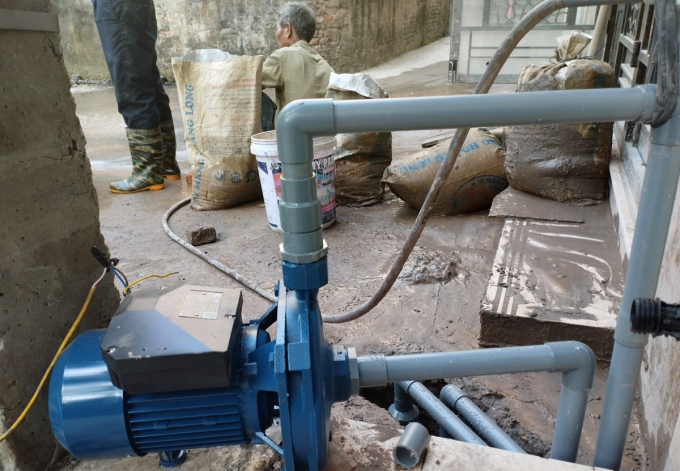
Due to lack of water, some families in Phung Khoang have had to drill wells. Photo: Pham Chieu
At the end of Phung Khoang Street, the water supplier is Thong Nhat Cooperative. This cooperative buys water from Viwaco Joint Stock Company and then sells it to the people. A representative of the cooperative said that Viwaco used to supply about 4,000 m3 per day, but now it is only half that. With little water, households downstream are facing shortages.
Viwaco, the company that mainly supplies surface water from the Da River, has not responded to the reason for the water shortage. However, according to Mr. Le Van Du, Deputy Head of the Technical Infrastructure Management Department, Hanoi Department of Construction, some areas are lacking water and have to be supplied in rotation, mainly within the water supply range of the Da River Clean Water Plant. The plant is facing difficulties in supply. The amount of water shortage is about 10,000-20,000 m3 per day, depending on peak or off-peak times.
Mr. Du said that in the short term, it is necessary to regulate water in rotation in some areas. In the long term, the city is investing in a number of projects such as: Da River Water Plant Phase 2, Red River Surface Water Plant which is about to be completed, increasing the capacity of Bac Thang Long Plant, researching and building Phase 2 of Duong River Water Plant... When the projects are completed, the shortage of clean water in the whole city will be overcome.
Pham Chieu - Vo Hai
Source link


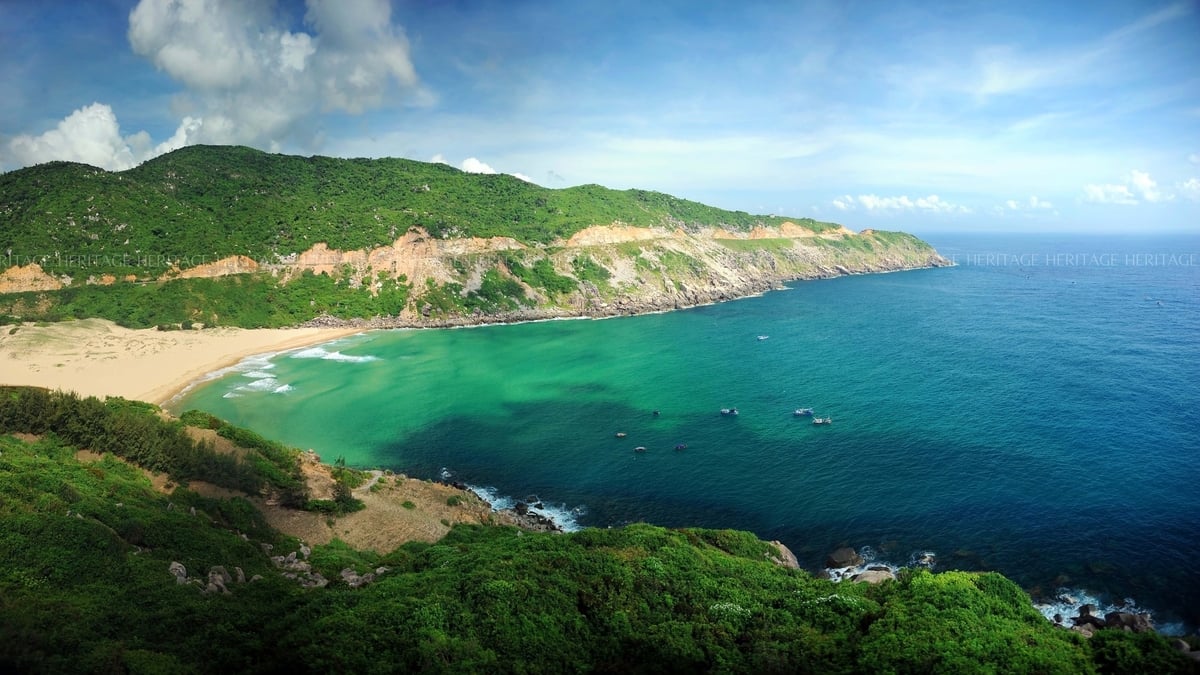
![[Photo] Readers line up to visit the photo exhibition and receive a special publication commemorating the 135th birthday of President Ho Chi Minh at Nhan Dan Newspaper](https://vphoto.vietnam.vn/thumb/1200x675/vietnam/resource/IMAGE/2025/5/17/85b3197fc6bd43e6a9ee4db15101005b)
![[Photo] Prime Minister Pham Minh Chinh chairs meeting on science and technology development](https://vphoto.vietnam.vn/thumb/1200x675/vietnam/resource/IMAGE/2025/5/17/ae80dd74c384439789b12013c738a045)
![[Photo] More than 17,000 candidates participate in the 2025 SPT Competency Assessment Test of Hanoi National University of Education](https://vphoto.vietnam.vn/thumb/1200x675/vietnam/resource/IMAGE/2025/5/17/e538d9a1636c407cbb211b314e6303fd)

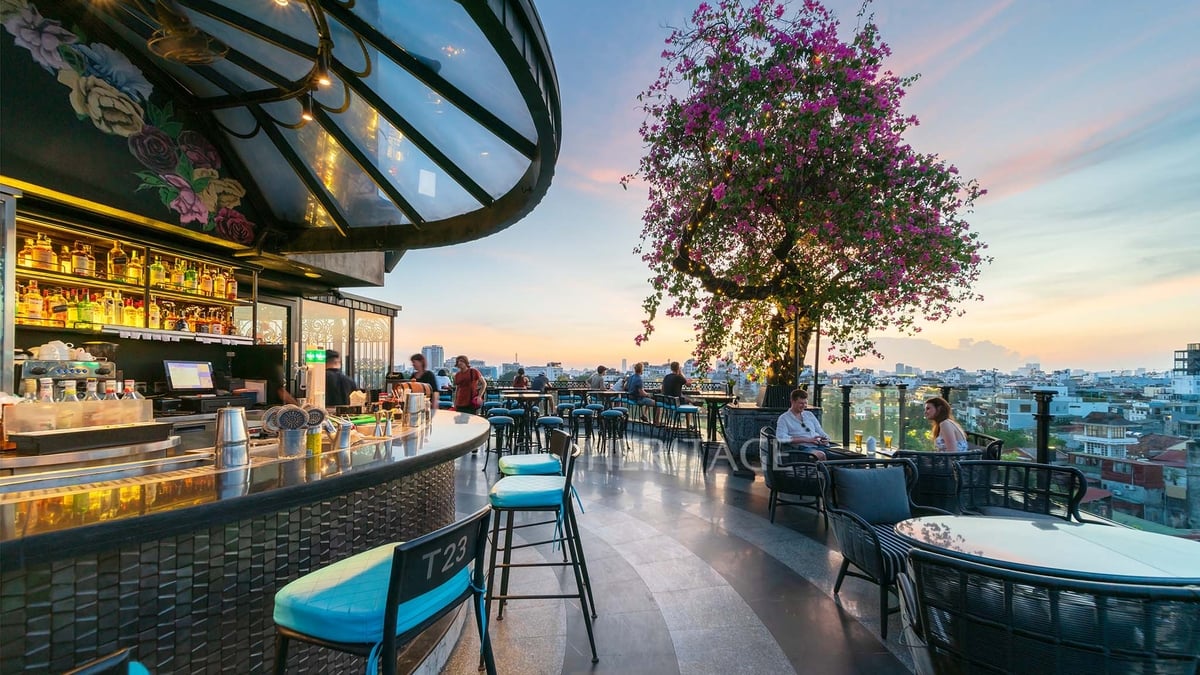









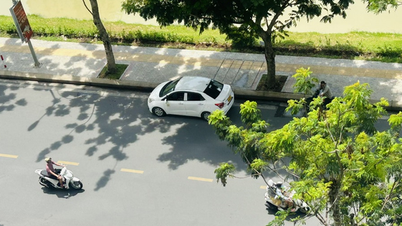








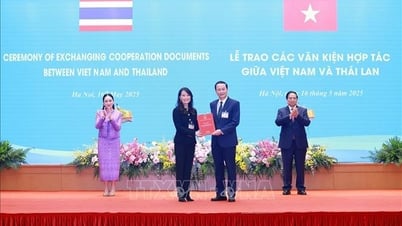










![[Photo] Nearly 3,000 students moved by stories about soldiers](https://vphoto.vietnam.vn/thumb/1200x675/vietnam/resource/IMAGE/2025/5/17/21da57c8241e42438b423eaa37215e0e)
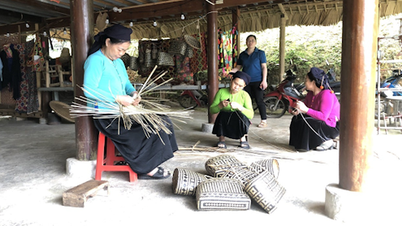



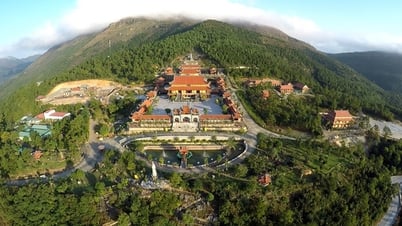










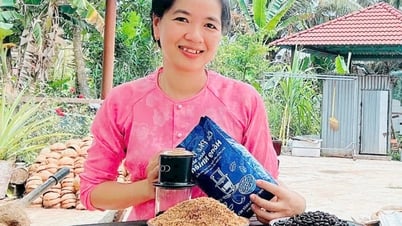






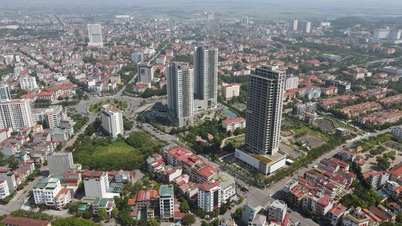
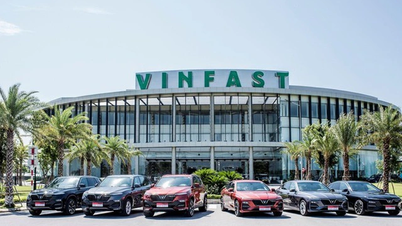






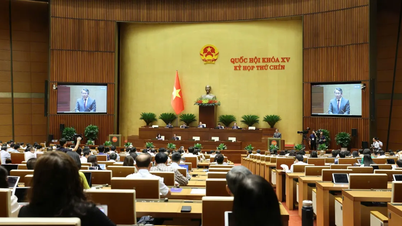

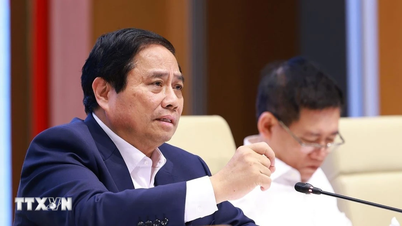




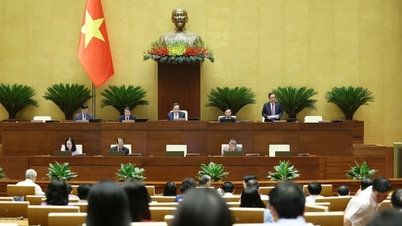
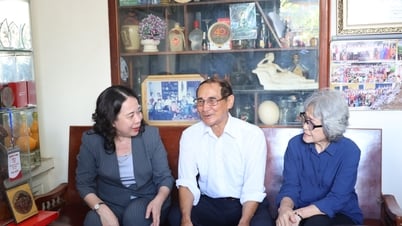

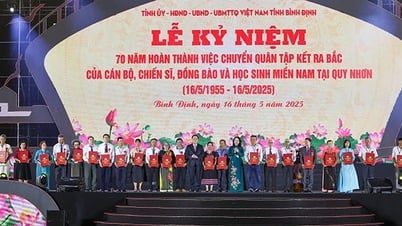













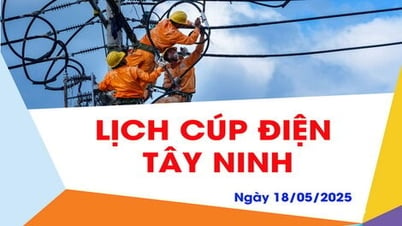














Comment (0)